-
![2-butyl-4-chloro-4,5-dihydro-5-hydroxymethyl-1-[2'-(2-triphenylmethyl-1,2,3,4-2H-tetrazol-5-yl)-1,1'-biphenyl-4-methyl]-1H-imidazole CAS:133909-99-6](https://cdn.globalso.com/xindaobiotech/WO70D3S3M@H2JIKQ9.png)
2-butyl-4-chloro-4,5-dihydro-5-hydroxymethyl-1-[2'-(2-triphenylmethyl-1,2,3,4-2H-tetrazol-5-yl)-1,1'-biphenyl-4-methyl]-1H-imidazole CAS:133909-99-6
2-Butyl-4-chloro-4,5-dihydro-5-hydroxymethyl-1-[2'-(2-triphenylmethyl-1,2,3,4-2H-tetrazol-5-yl)-1,1'-biphenyl-4-methyl]-1H-imidazole is a complex chemical compound often used in research and pharmaceutical development. It possesses unique structural features that make it valuable for various scientific applications. This compound’s precise properties and potential uses are often explored in laboratory settings to understand its behavior and potential benefits.
-
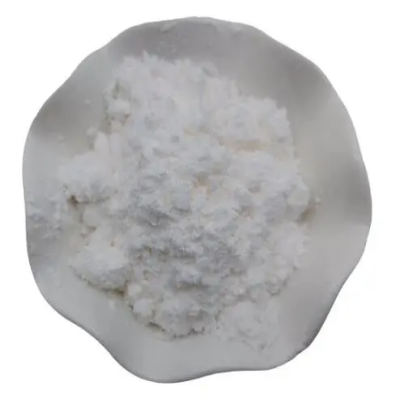
2-butyl-1H-imidazole-4-carbaldehyde CAS:68282-49-5
2-butyl-1H-imidazole-4-carbaldehyde is a chemical compound with the molecular formula C9H13N2O. It is a versatile building block in organic synthesis, featuring an aldehyde group attached to a butyl-substituted imidazole ring. This compound is utilized in various chemical and pharmaceutical applications due to its unique structure and reactivity.
-
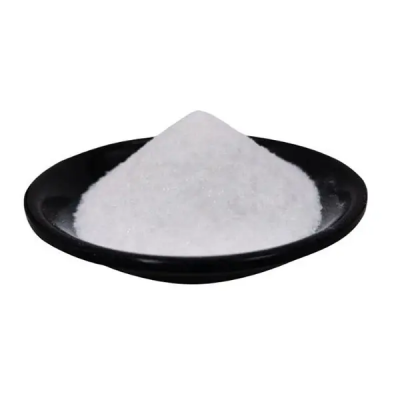
2-Bromo-5-formylpyridine CAS:149806-06-4
2-Bromo-5-formylpyridine is a chemical compound with diverse applications in organic synthesis and pharmaceutical research. It is utilized as a valuable building block for the preparation of various functionalized molecules due to its unique structure and reactivity.
-
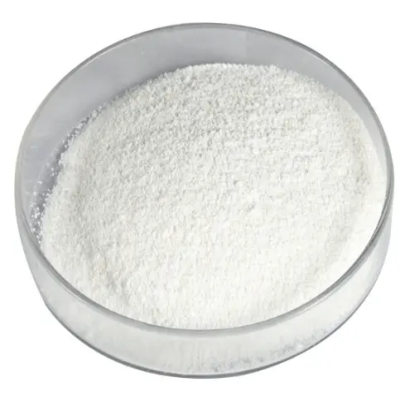
2′-Amino-5′-chloro-2,2,2-trifluoroacetophenone CAS:214353-17-0
2′-Amino-5′-chloro-2,2,2-trifluoroacetophenone is a chemical compound with the molecular formula C8H6ClF3NO. It is a white to off-white solid with notable applications in organic synthesis and chemical research. This compound features an amino group at the 2′ position, a chlorine atom at the 5′ position, and trifluoromethyl and acetophenone moieties. Its structural features make it valuable for various synthetic transformations and chemical modifications.
-
![2-((3aR,4S,6R,6aS)-6-Amino-2,2-dimethyltetrahydro-3aH-cyclopenta[d][1,3]dioxol-4-yloxy)ethanoloxalate CAS:1402150-30-4](https://cdn.globalso.com/xindaobiotech/@LXIVIBPRLO53RUL5FBL7H716.png)
2-((3aR,4S,6R,6aS)-6-Amino-2,2-dimethyltetrahydro-3aH-cyclopenta[d][1,3]dioxol-4-yloxy)ethanoloxalate CAS:1402150-30-4
2-((3aR,4S,6R,6aS)-6-Amino-2,2-dimethyltetrahydro-3aH-cyclopenta[d][1,3]dioxol-4-yloxy)ethanoloxalate is a chemical compound with the molecular formula C14H21NO9. It is an oxalate salt derivative featuring a complex tetrahydrocyclopentadioxolyl moiety and an ethanoloxalate group. This compound holds significance in organic synthesis and pharmaceutical research due to its unique structure and potential biological activities.
-

1-chloroethylcyclohexylcarbonate CAS:99464-83-2
1-chloroethylcyclohexylcarbonate is a chemical compound used in organic synthesis for the modification of various molecules. It is commonly employed as a reagent in the process of introducing cyclohexylcarbonate protecting groups in organic chemistry, particularly in the field of pharmaceutical research and development. This compound plays a significant role in the creation of esters and other related derivatives, contributing to the synthesis of diverse organic compounds with specific applications in medicinal and materials chemistry. As a versatile building block, 1-chloroethylcyclohexylcarbonate offers valuable utility in the preparation of complex organic molecules.
-
![1-[(4-Fluorophenyl)carbamoyl]cyclopropanecarboxylicacid CAS:849217-48-7](https://cdn.globalso.com/xindaobiotech/1ZNB2ZF342ZWRNG57.png)
1-[(4-Fluorophenyl)carbamoyl]cyclopropanecarboxylicacid CAS:849217-48-7
1-[(4-Fluorophenyl)carbamoyl]cyclopropanecarboxylicacid is a chemical compound with potential applications in pharmaceutical research and development. Its unique structure and properties make it valuable for studying chemical reactions and potential drug interactions. This compound’s precise composition positions it as a candidate for various scientific endeavors, offering insights into its behavior and potential benefits.
-

1-(3-Dimethylaminopropyl)-3-ethylcarbodiimidehydrochloride CAS:25952-53-8
1-(3-Dimethylaminopropyl)-3-ethylcarbodiimidehydrochloride, also known as EDC or EDAC, is a chemical compound commonly used as a crosslinking reagent in bioconjugation and peptide synthesis. It is employed in various biochemical and pharmaceutical applications due to its ability to facilitate the formation of stable amide bonds between carboxylic acids and amines.
-

1-(2,3-Dihydro-1,4-benzodioxin-2-ylcarbonyl)piperazinehydrochloride CAS:70918-74-0
1-(2,3-Dihydro-1,4-benzodioxin-2-ylcarbonyl)piperazine hydrochloride is a chemical compound with potential pharmacological applications. It is used in scientific research as a reagent and intermediate for the synthesis of various organic compounds. This compound’s unique structure makes it valuable for medicinal and pharmaceutical studies, particularly in the development of new drugs. Its properties and behavior are of interest to researchers exploring its potential therapeutic uses.
-
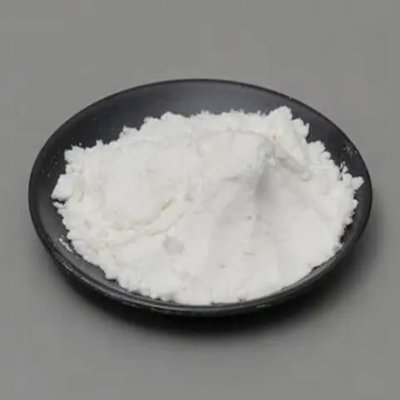
(2-ethoxy-1-methyl-2-oxoethyl)triphenylphosphoniumbromide CAS:30018-16-7
(2-Ethoxy-1-methyl-2-oxoethyl)triphenylphosphoniumbromide, also known as ETPB, is a chemical compound with the molecular formula C24H25BrO3P. It is a quaternary phosphonium salt that features an ethoxy-methyl-oxoethyl substituent on the phosphorus atom and three phenyl groups attached to the phosphonium cation. ETPB is commonly used in organic synthesis and chemical research due to its unique structural properties and reactivity.
-
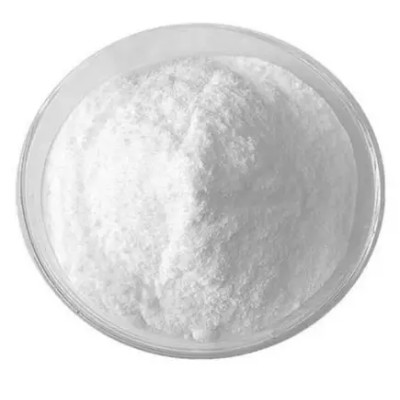
D-Ribose CAS:50-69-1
D-Ribose is a naturally occurring sugar molecule that serves as an essential component in the production of adenosine triphosphate (ATP), the primary energy currency of cells. As a popular dietary supplement, D-Ribose is recognized for its potential to support cellular energy metabolism, enhance exercise performance, and aid in post-exercise recovery. It plays a crucial role in replenishing ATP levels depleted during physical exertion or periods of stress, making it a valuable choice for athletes, fitness enthusiasts, and individuals seeking to optimize their energy production and recovery processes.
-
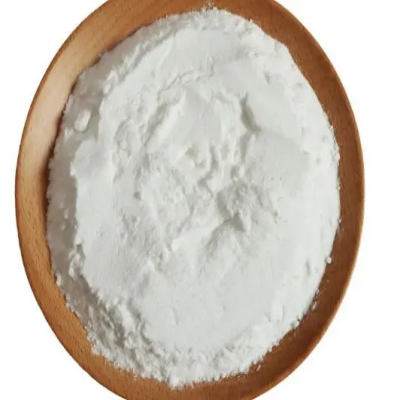
L-Citrulline CAS:372-75-8
L-Citrulline is a specialized supplement known for its role in promoting nitric oxide production, supporting circulatory health, and enhancing physical performance. As a non-essential amino acid, L-Citrulline plays a crucial role in the urea cycle, contributing to the removal of toxic byproducts such as ammonia from the body. This product is popular among athletes, fitness enthusiasts, and individuals seeking to optimize cardiovascular function and exercise capacity.

